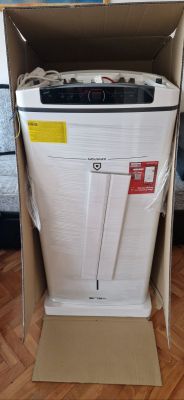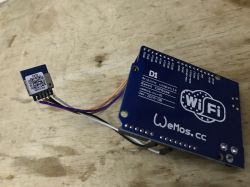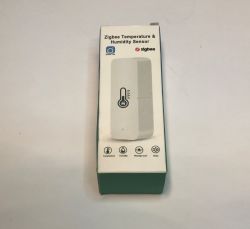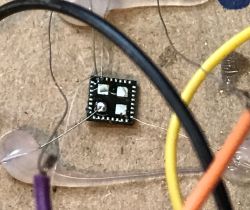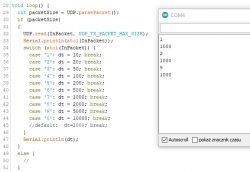Please advise on the method of communication to be used.
I have a measurement device assembled and running, which from the measurement sensor on the ESP8266 (client) sends data via UDP to an Application (server), which displays on a graph and "processes" the sent data.
Because I frequently change the location of the device, and thus the network, each time I have to change the SSID and password of the network in the sensor software wi-fi.
I wanted to switch to radio transmission on the NRF24L01, but then I need an additional microcontroller board. The ESP8266 takes care of the communication and the microcontroller on one board. I care about the small size of the sensor as a whole (still the battery), which has to fit in the measurement chamber.
An additional requirement is the transmission speed of the data, min. 100 samples per second. So solutions such as cloud-based BLINK, VIRTUINO etc. are out of the question.
I was thinking of a solution such as uploading the network configuration parameters at the time of sensor start-up, as used in light bulbs, IoT sockets, but I have no idea under what keyword to look for this. I don't think it's about OTA, because the sensor has to log into the network beforehand anyway, so that it's visible for software updates.
Hence my request for suggestions and direction on the needed issues.
Best regards in the New Year - Maciej
I have a measurement device assembled and running, which from the measurement sensor on the ESP8266 (client) sends data via UDP to an Application (server), which displays on a graph and "processes" the sent data.
Because I frequently change the location of the device, and thus the network, each time I have to change the SSID and password of the network in the sensor software wi-fi.
I wanted to switch to radio transmission on the NRF24L01, but then I need an additional microcontroller board. The ESP8266 takes care of the communication and the microcontroller on one board. I care about the small size of the sensor as a whole (still the battery), which has to fit in the measurement chamber.
An additional requirement is the transmission speed of the data, min. 100 samples per second. So solutions such as cloud-based BLINK, VIRTUINO etc. are out of the question.
I was thinking of a solution such as uploading the network configuration parameters at the time of sensor start-up, as used in light bulbs, IoT sockets, but I have no idea under what keyword to look for this. I don't think it's about OTA, because the sensor has to log into the network beforehand anyway, so that it's visible for software updates.
Hence my request for suggestions and direction on the needed issues.
Best regards in the New Year - Maciej



